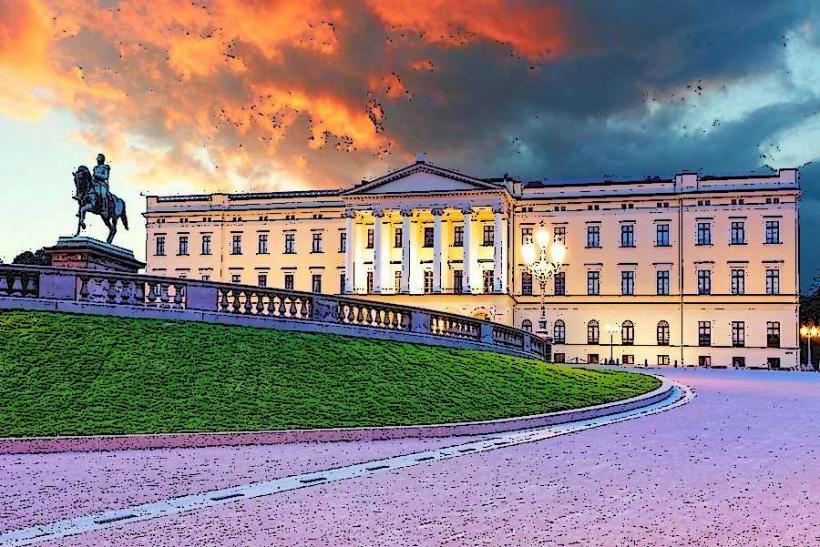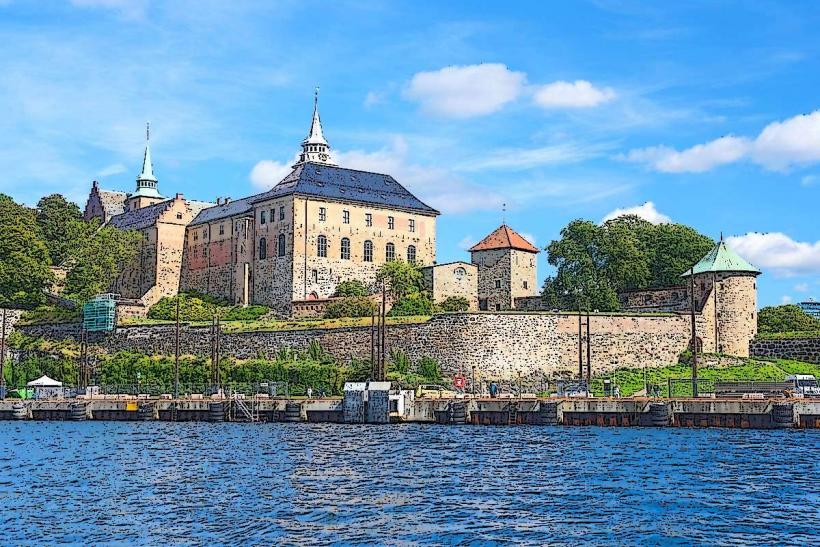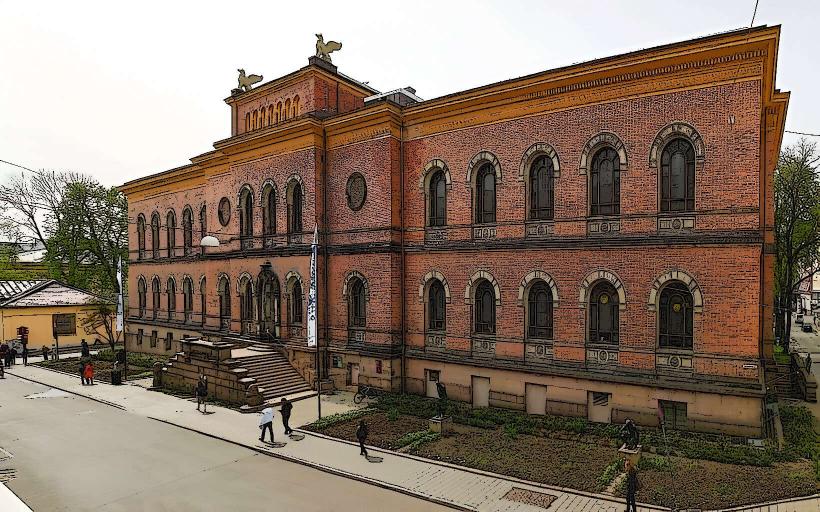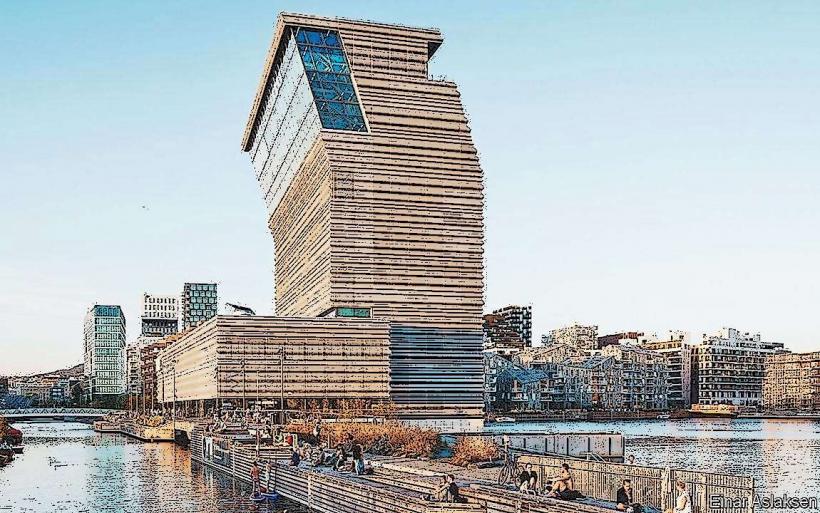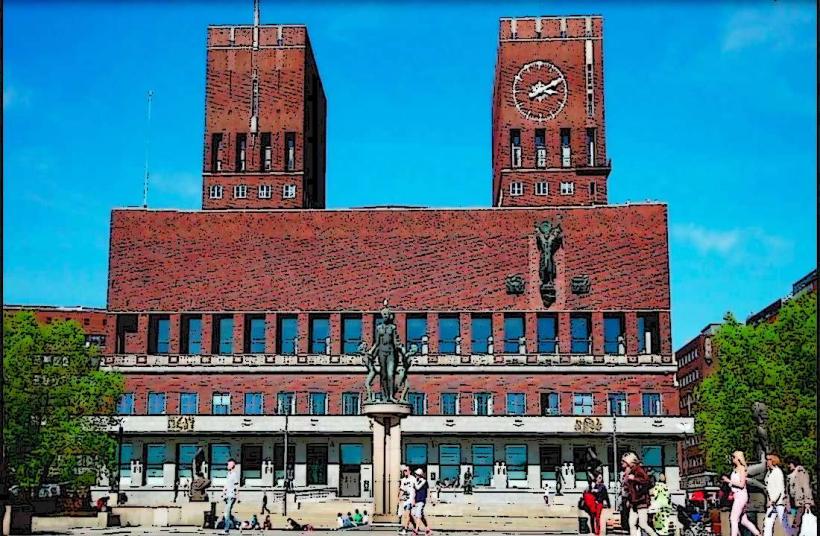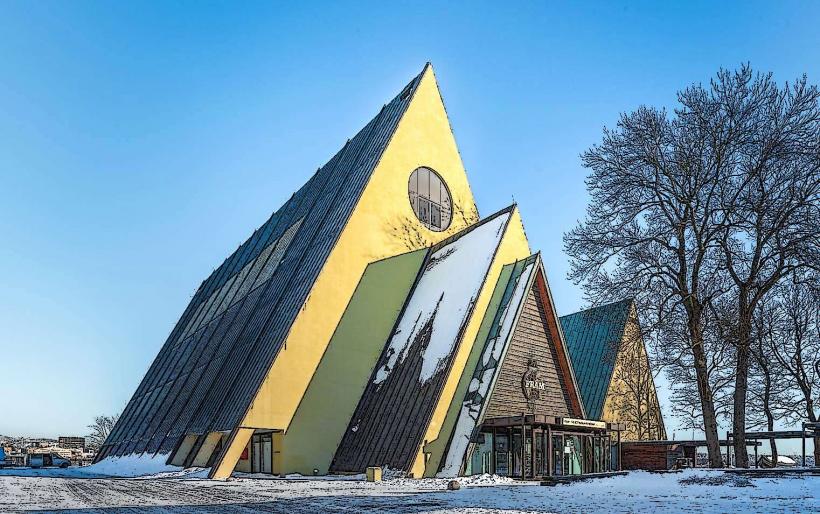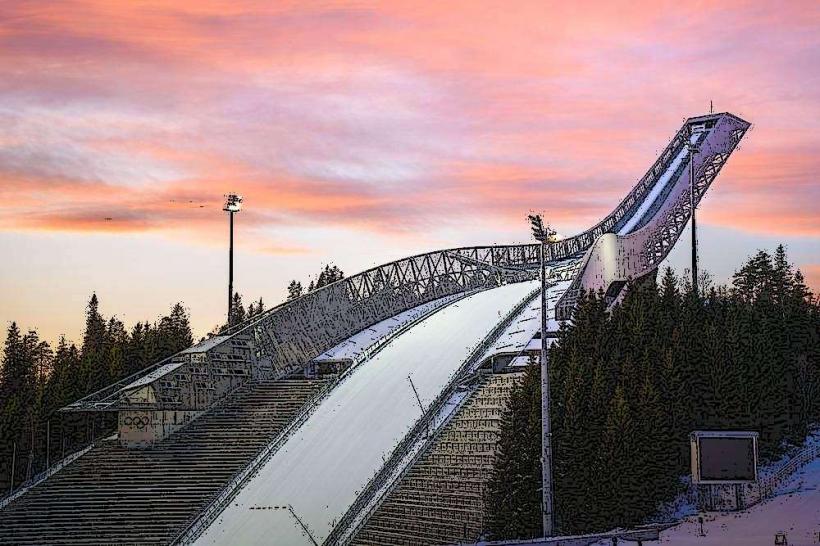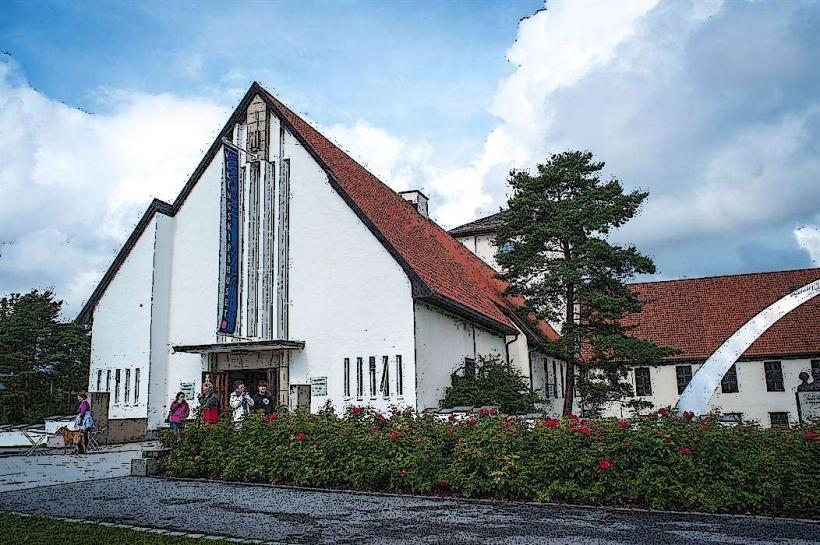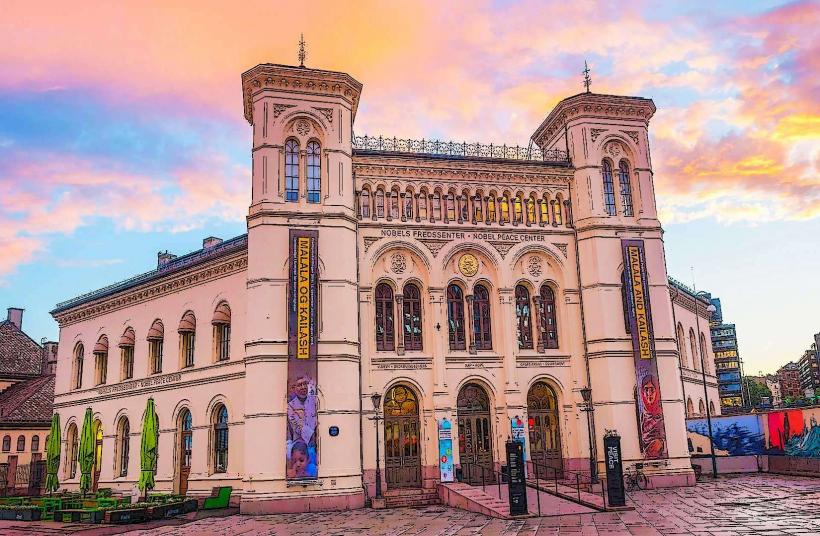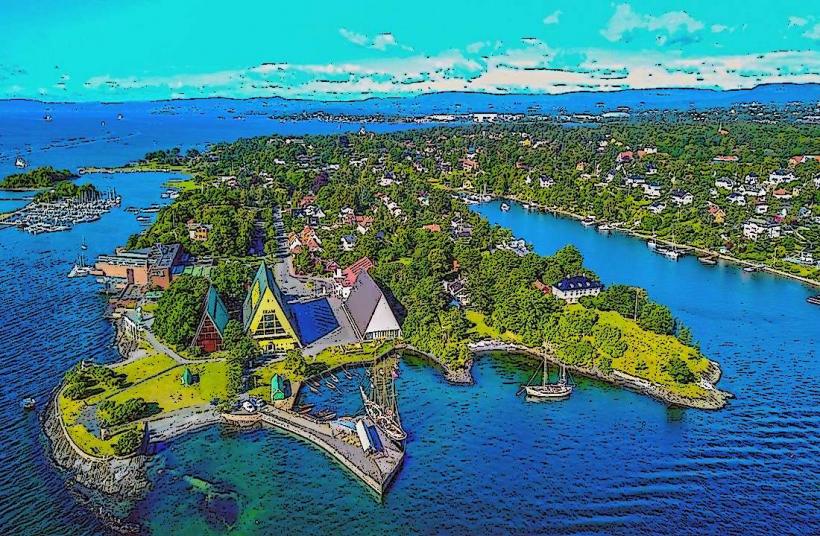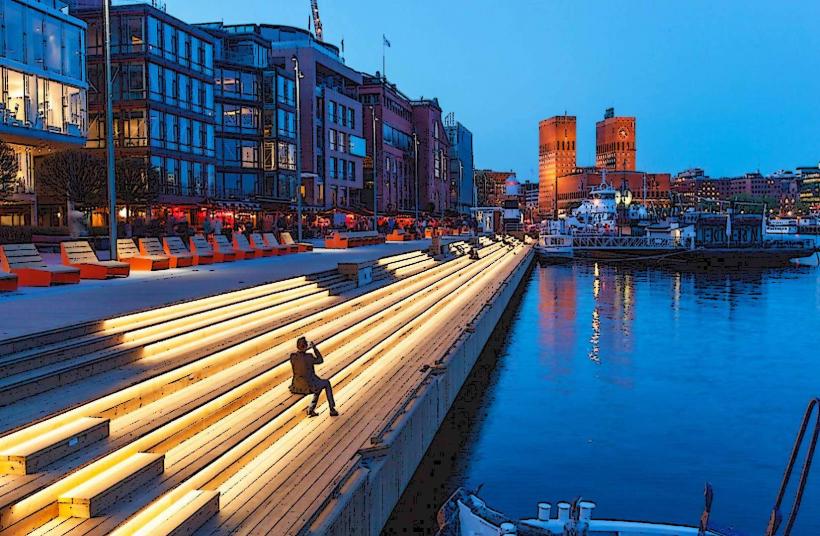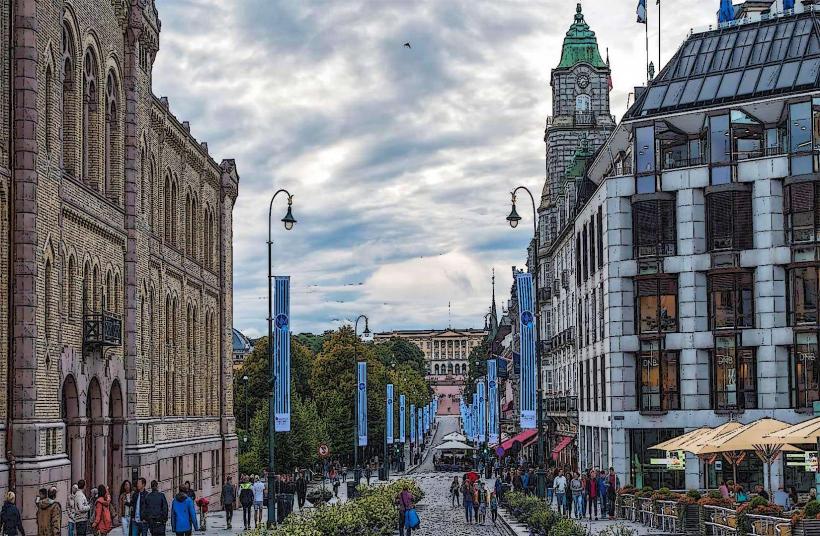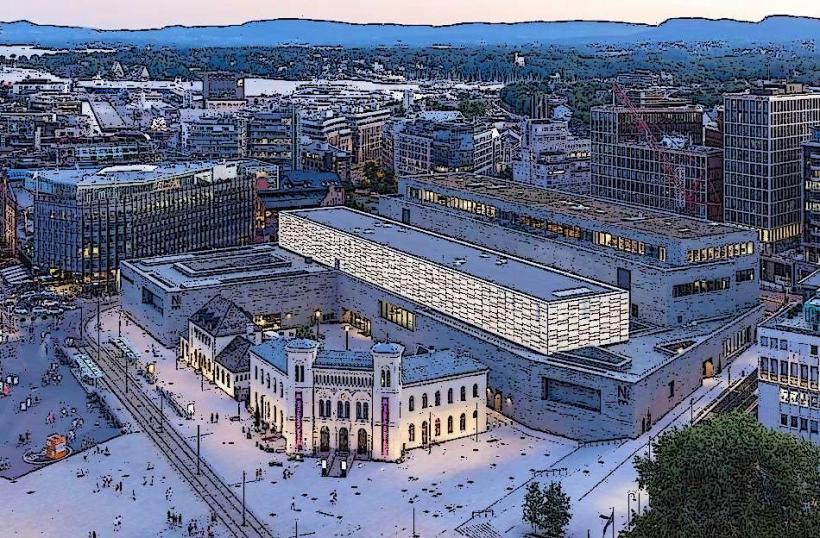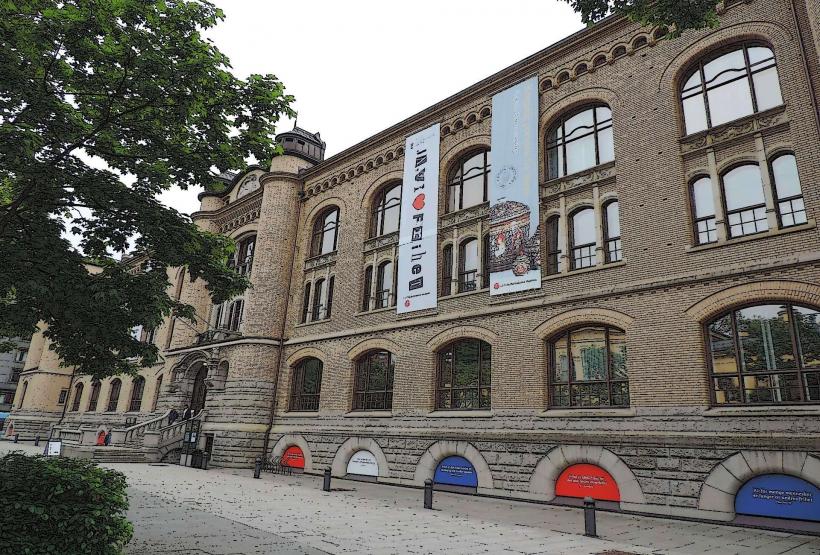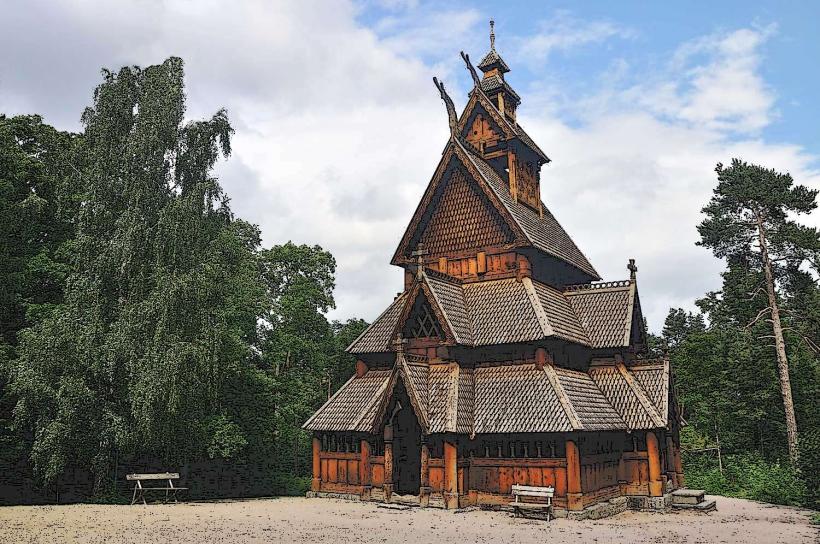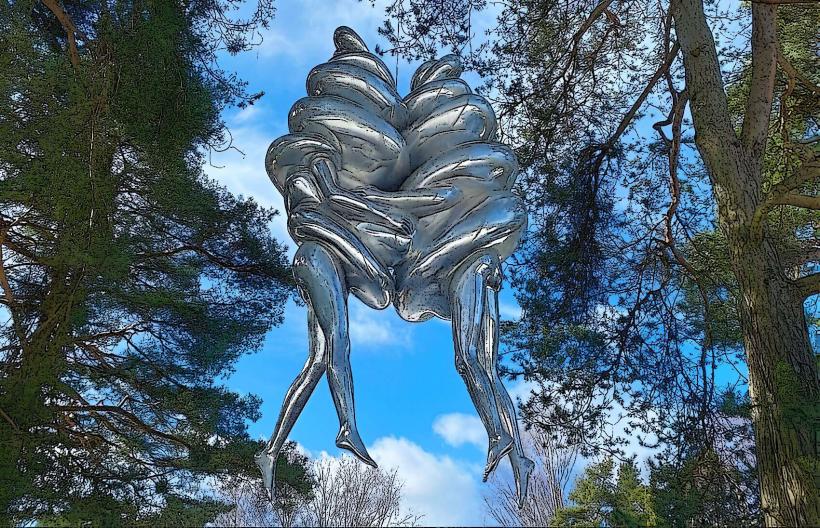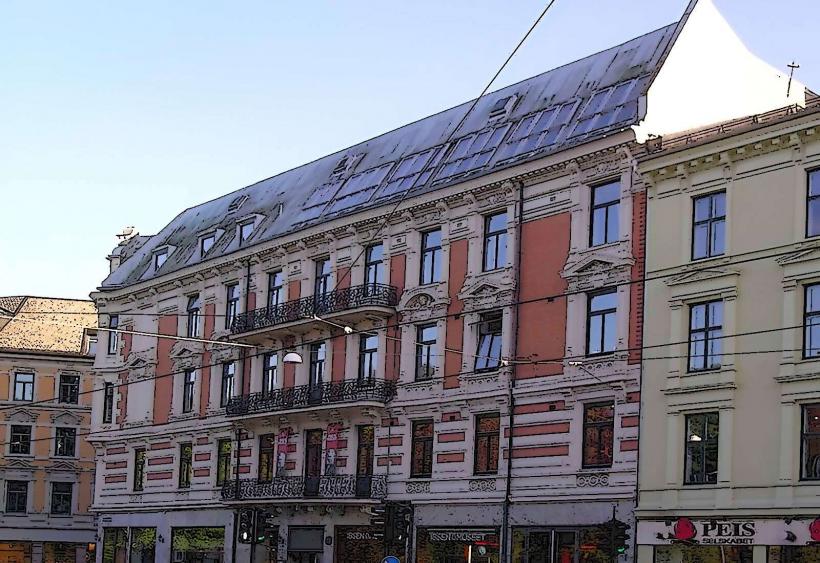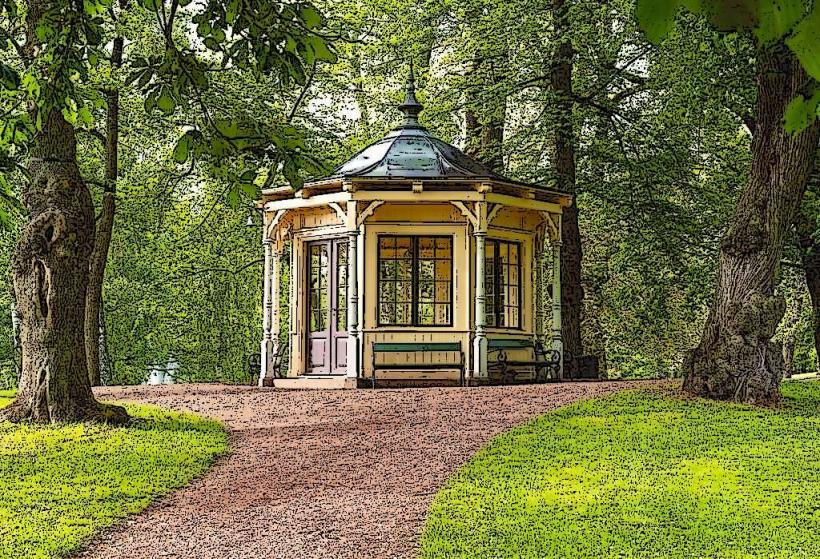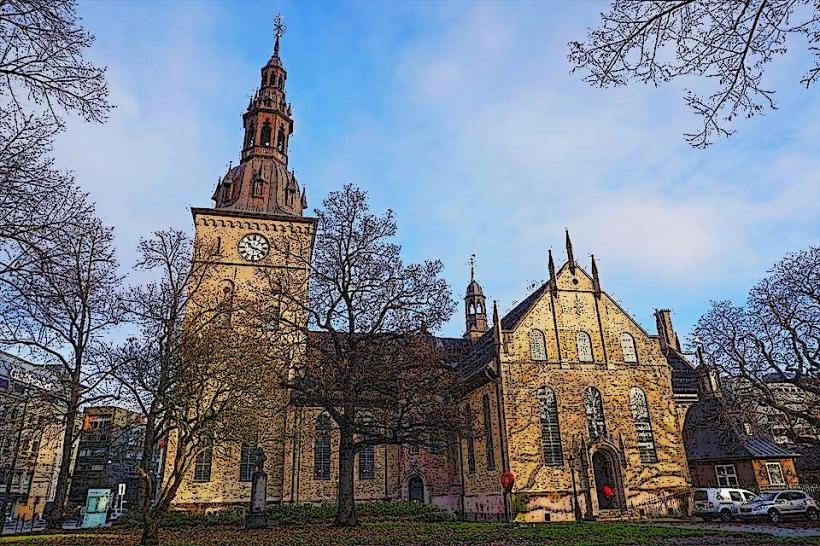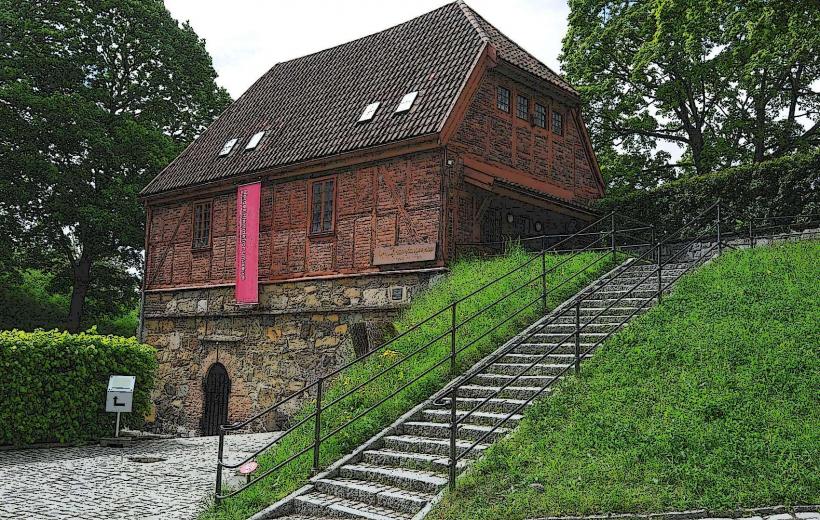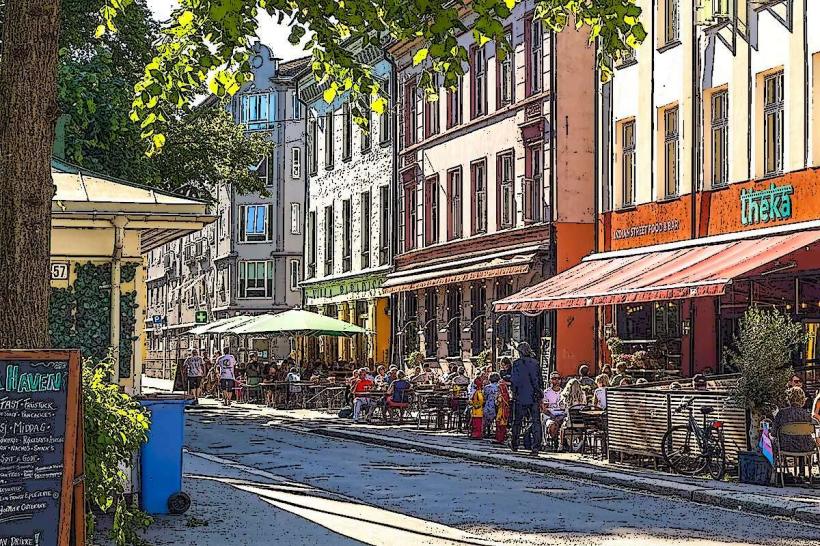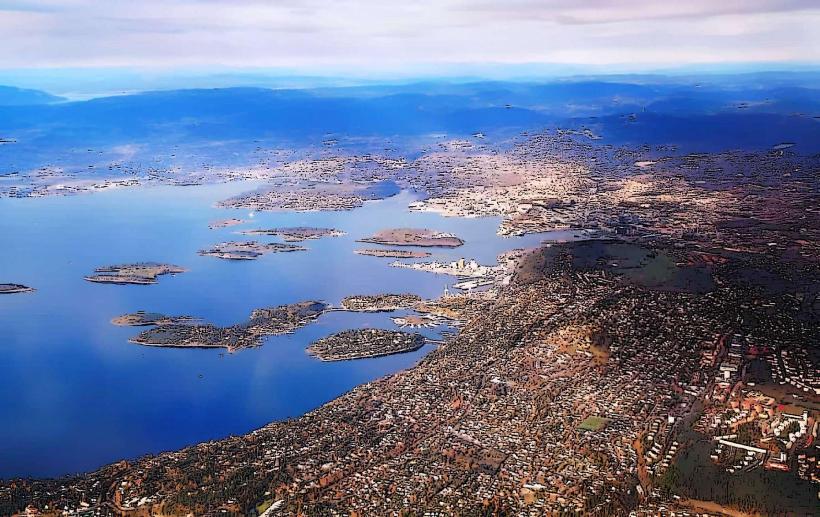Information
Landmark: Vigeland Sculpture ParkCity: Oslo
Country: Norway
Continent: Europe
Vigeland Sculpture Park, Oslo, Norway, Europe
Overview
In Oslo’s Frogner Park, Vigeland Sculpture Park draws crowds year-round, its towering bronze and granite figures making it one of Norway’s best‑known attractions, then the world’s largest sculpture park by a single artist, it displays more than 200 works by Norwegian sculptor Gustav Vigeland, from towering bronze figures to weathered granite forms.The park blends art and public life, drawing visitors into winding stone paths, towering oaks, and stories from centuries past, and here’s a quick rundown: the park was commissioned during the 1920s renovation of Frogner Park, and in 1939 Gustav Vigeland was handed the entire project-everything from the towering sculptures to the winding paths came from his plans.It took more than two decades to finish the park, and even after Vigeland died in 1943, crews kept working until its public opening in 1949, as a result paths wind through distinct sections, each shaped by its own theme and design.The sculptures line up in a neat row, linked by winding paths, tiny arched bridges, and pools that catch the light, also key highlights of the park include the Main Axis, a broad walkway stretching from the Frognerparken Entrance in the north to the Monolith Plateau in the south, lined with many of Vigeland’s sculptures.Early on, visitors cross the Vigeland Bridge, which spans a narrow stream and displays 56 bronze figures locked in moments of play, conflict, or affection, after that at the southern end, the Fountain roars and splashes, ringed by 20 large bronze statues that trace the stages of human life.At the park’s highest point rises the Monolith Plateau, crowned by a 17-meter pillar carved from a single block of granite into 121 intertwined figures, surrounded by 36 smaller statues that echo its themes of human struggle and connection, simultaneously nearby stands the Wheel of Life, a circle of interwoven figures that reflects the endless cycle of existence.Among the most beloved pieces, the Angry Boy captures a miniature child mid-tantrum, fists clenched and face flushed with fury, simultaneously it speaks of frustration and rebellion.The Family shows a cluster of intertwined figures-hands resting gently on shoulders-capturing love, connection, and the rhythms of family life, and nearby, The Woman and Child reveals the tender bond between mother and child, a theme Vigeland returned to again and again.From what I can see, Scattered across the park, other sculptures wrestle with the human condition: birth, loss, love, aging, and the quiet weight of mortality, in turn vigeland’s art dives deep into philosophical and psychological questions, portraying people in raw emotional and physical states to explore the soul’s journey.His humanist vision shines through, placing humans-naked and unadorned-at the center, free from the trappings of culture or custom, besides just a short wander away, the Vigeland Museum offers more: sculptures, sketches, and models that pull back the curtain on his process, including works you won’t find in the park.You’ll find it all in Frogner Park, west of Oslo’s city center, also you can reach Vigeland Sculpture Park by bus, tram, metro, or simply walking, and it’s open all year-free of charge-which keeps both locals and tourists coming back.Wheelchair users will find smooth, well-kept paths, and in summer the site bursts with luminous blooms and sculptures framed in deep green, as well as gustav Vigeland designed every pathway and personally cast and carved each figure, leaving behind a striking tribute to the human form and the emotions it carries.Today, it’s one of Oslo’s cultural treasures and among Norway’s most visited spots, where art, nature, and philosophy meet in every corner, on top of that if you’re exploring Oslo’s cultural and artistic heritage, don’t miss it-it’s the kind of location where painted ceilings and quiet galleries stay with you long after you leave., to some extent
Author: Tourist Landmarks
Date: 2025-09-04


